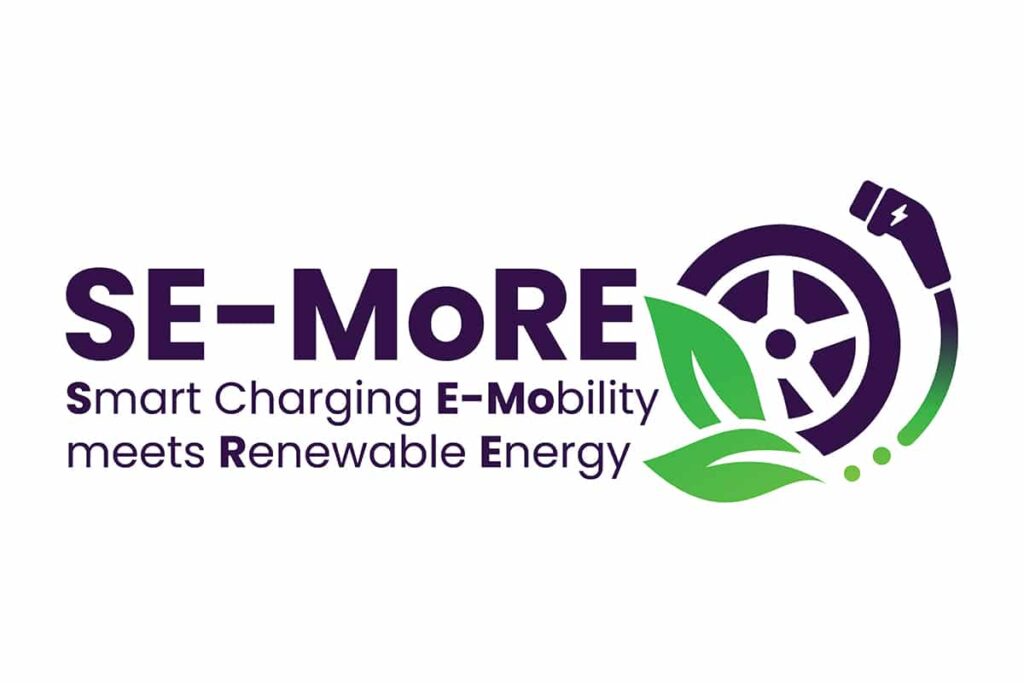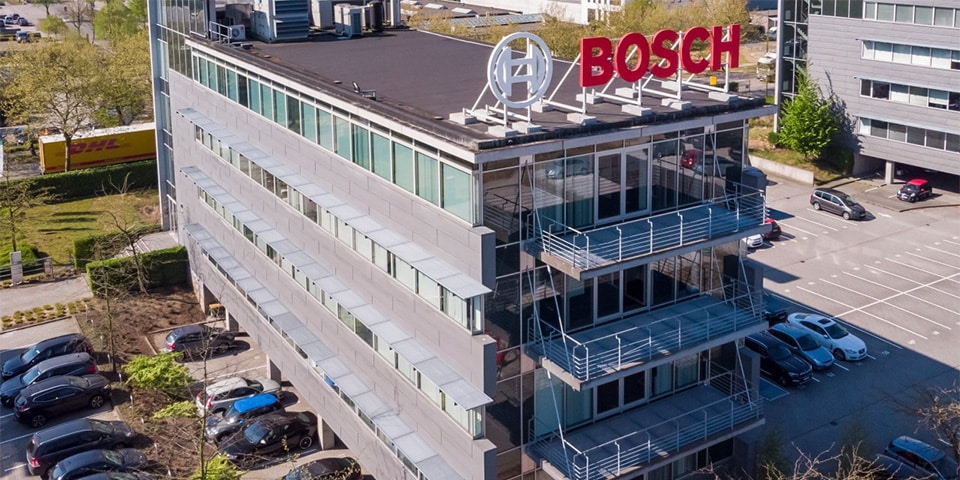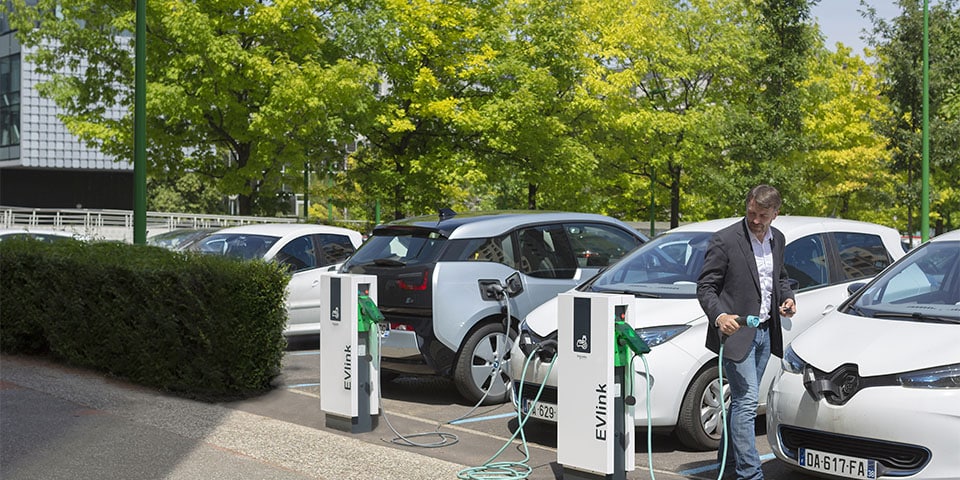
The challenge of Smart Charging: The key to an emission-free future
Emission-free vehicles are the future, the market is going electric (EVs), and the transition to an emission-free society is in full swing. But this growth poses serious challenges to the charging network of now more than 100,000 charging stations: robust, smart and future-proof charging is becoming the prerequisite for a successful energy transition. Smart charging infrastructure only works if it is tailored to the different types of parking: public, semi-public and private.
Three types of car parks, three challenges
Public car parks are accessible to all: think of charging stations in the city centre or along the motorway. They accelerate the EV transition, but meanwhile bring spatial and technical challenges (such as grid capacity, vandalism, peak loads and often non-transparent tariff structures). To make these charging points more efficient, there is a move towards shared mobility and ‘overnight charging’, where the EV is charged overnight. Also, fast chargers are not equally well utilised everywhere; the match between location and demand requires attention.
Semi-public charging points - for instance at businesses, supermarkets or residential complexes - on the other hand tend to have predictable charging patterns. Thanks to smart software, load management is more efficient here, but transparent tariffs and good cost-sharing agreements remain an obstacle. Nevertheless, there are also thresholds here. Smart load management is complex, billing must be transparent for all parties, and the systems must be easy to use and scale up.
Finally, there are private charging points for company fleets, such as buses, trucks and vans, called depot charging points. Here, Depot Management Systems regulate charging smartly and efficiently, but diversity in vehicle types, charging systems and safety regulations makes it increasingly technically complex. Think compatibility of charging protocols and extra fire safety for large batteries.
Overarching: tariff, management, security
Besides technology, a clear tariff structure and smooth maintenance are crucial. Charging pass holders should not face surprises and breakdowns should be solved quickly. Accessibility for larger vehicles also requires more attention.
Smart charging: Flanders at the forefront
Flemish research projects, such as the COOCK SE-MoRE (Smart Charging: E-Mobility meets Renewable Energy) project, show how important smart charging solutions are for the energy transition. By investing in technology, cooperation and smart deployment, Flanders can reduce investment costs, relieve the grid and shape the emission-free future.





